Historic Celebrations For Kings Birthday in Australia
The Origins of the King’s Birthday Celebrations
The King’s (or Queen’s) Birthday celebration, as some still call it in Australia, has a long history that reflects the country’s ties to the British monarchy. The origins of this observance date back to colonial times and have notably evolved over the centuries. Let us dive into its origins and development:
Origins in Britain
The tradition of celebrating the monarch’s birthday began in 18th-century Britain. When King George II (reigned from 1727–1760), he was the first to have an official birthday celebration, which did not necessarily fall on his actual birthday. The idea was to have a public holiday during more favorable weather, usually in the northern summer.
The concept of a “public official birthday” (as distinct from the monarch’s actual date of birth) carried through with successive monarchs. For example, Queen Elizabeth II’s actual birthday was on April 21, but her official birthday was celebrated in June in the UK, coinciding with the “Trooping the Colour” parade.
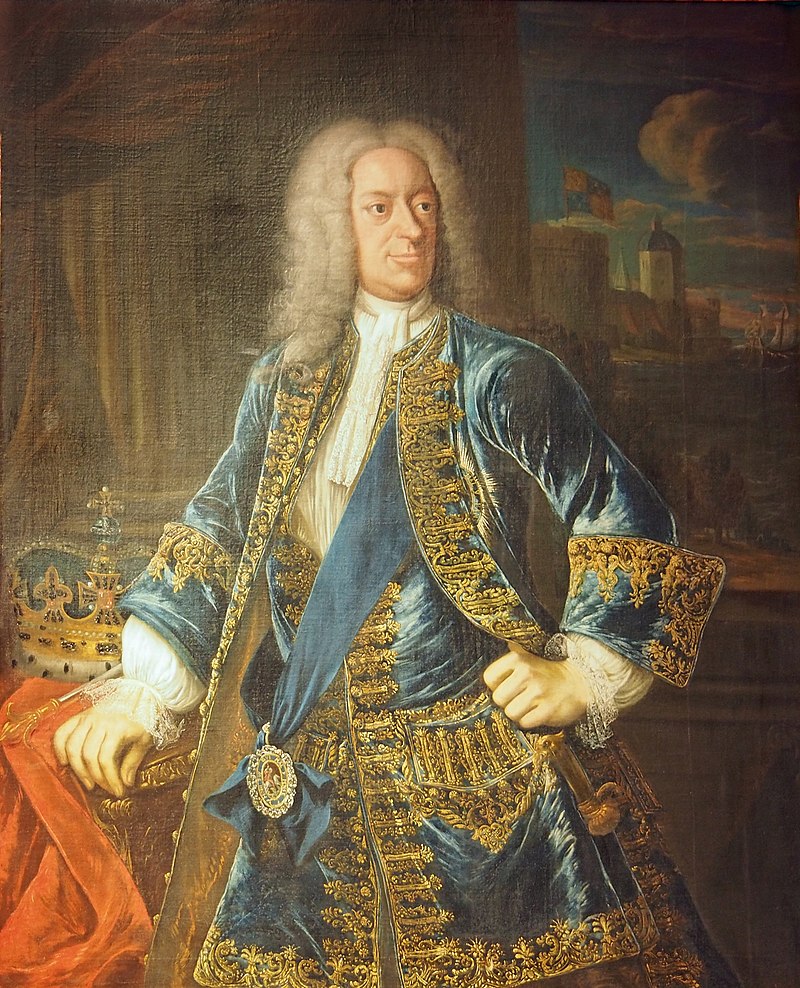
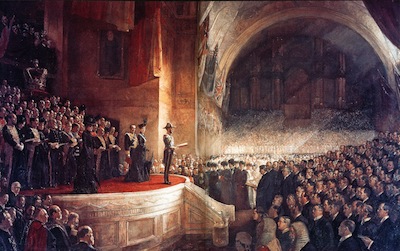
Adoption in Australia
Colonial Period
Australia, which is part of the group of British colonies, adopted many British customs, including celebrating the reigning monarch’s birthday. The earliest recorded celebrations in the Australian colonies took place in the early 1800’s, such as under Governor Lachlan Macquarie – in New South Wales. Australia actually celebrated the official birthday on the same day as the monarch’s actual birthday between 1788 and till 1936. After that, the government decided to follow the UK to a mid-year date to space out our public holidays more evenly.
Initially, the date of the celebration varied and was often closely aligned with the actual birthday of the monarch. It typically included:
- Military parades
- Public feasts
- Gun salutes
- Public holidays
Federation and National Standardization
After Federation in 1901, Australia retained the monarch as its head of state. Over time, each state and territory began observing the monarch’s birthday as a public holiday, but the date varied depending on the jurisdiction, and monarch at the time.
Under Queen Elizabeth II, most states eventually standardized the celebration to the second Monday in June, although:
- Western Australia celebrates it on a different date (usually in September or October), due to a clash with WA Day.
- Queensland also shifted the holiday temporarily but has now returned to the second Monday in June.
Modern-Day Significance
Despite Australia becoming increasingly independent, the King’s Birthday remains:
- A symbolic link to the monarchy
- An opportunity to recognize outstanding service through the King’s Birthday Honours List
- A widely observed public holiday with sporting events, community activities, and ceremonies alike
Since the accession of King Charles III, Australia has continued the tradition, celebrating his official birthday in line with existing schedules, despite his birthday being on 14 November.

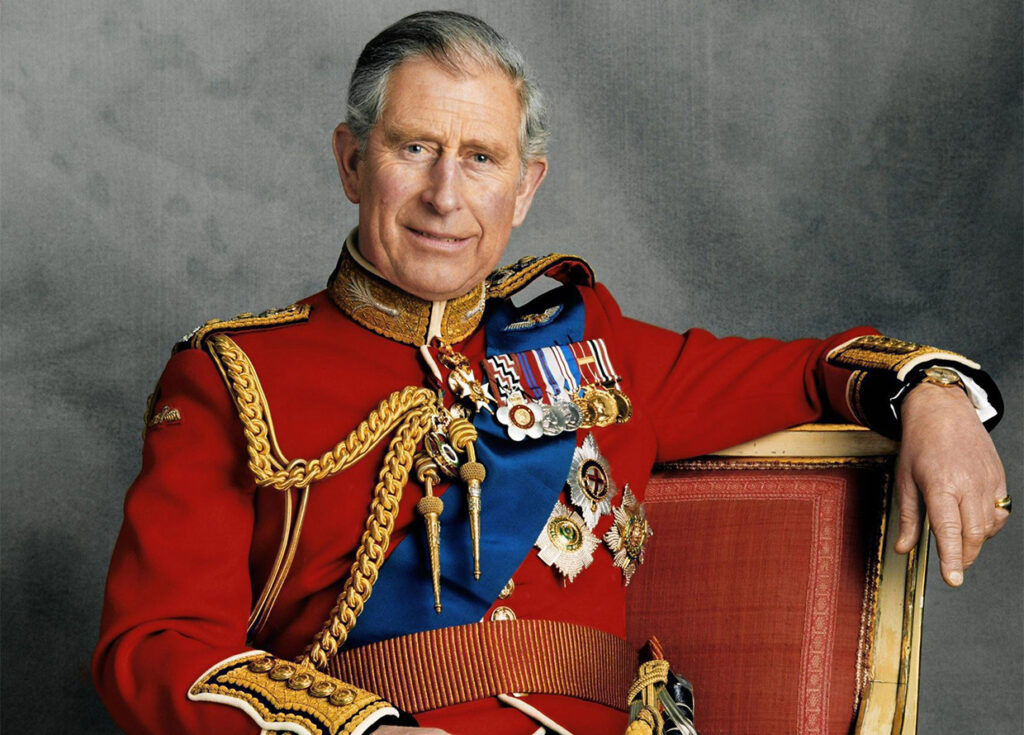
Summary
- The King’s Birthday celebration in Australia stems from British royal customs starting in the 18th century in England.
- It became entrenched in Australian colonial life in the 19th century.
- It has evolved into a national public holiday, typically observed in June, though dates vary by state.
- The holiday reflects historical ties to the monarchy and remains a platform for national honours and civic pride.
Traditions Over Time:
The King’s (or previously Queen’s) Birthday in Australia is a public holiday that has long been steeped in tradition and national observance. Though the monarch’s actual birthday does not fall on the same date as the holiday, the event has historically provided a platform for reinforcing Australia’s ties to the British Crown while also evolving with local customs and social changes. Here’s a look at the persistent traditions and rituals associated with the King’s Birthday over time:
Official Birthday Celebrations
Australia has observed the sovereign’s birthday since colonial times. The actual date of the King’s (or Queen’s) birthday has varied depending on the reigning monarch, but Australia has largely settled on the second Monday in June (except in Western Australia and Queensland, which observe it at different times of the year).
Military Ceremonies and Parades
One of the most enduring traditions is the holding of military parades and ceremonial salutes in honor of the monarch. These events:
- Often include the 21-gun salute in major cities.
- Are carried out by the Australian Defence Force to show loyalty and service to the Crown.
- Sometimes include flyovers or public inspections of the troops.
King’s Birthday Honours List
The release of the King’s Birthday Honours List (previously the Queen’s) is a significant part of the celebration. This tradition:
- Recognizes Australians for service or achievement in various fields (science, arts, public service, industry, sport and community).
- Is a modern continuation of the imperial honors system but localized to Australian national awards since the 1970’s.
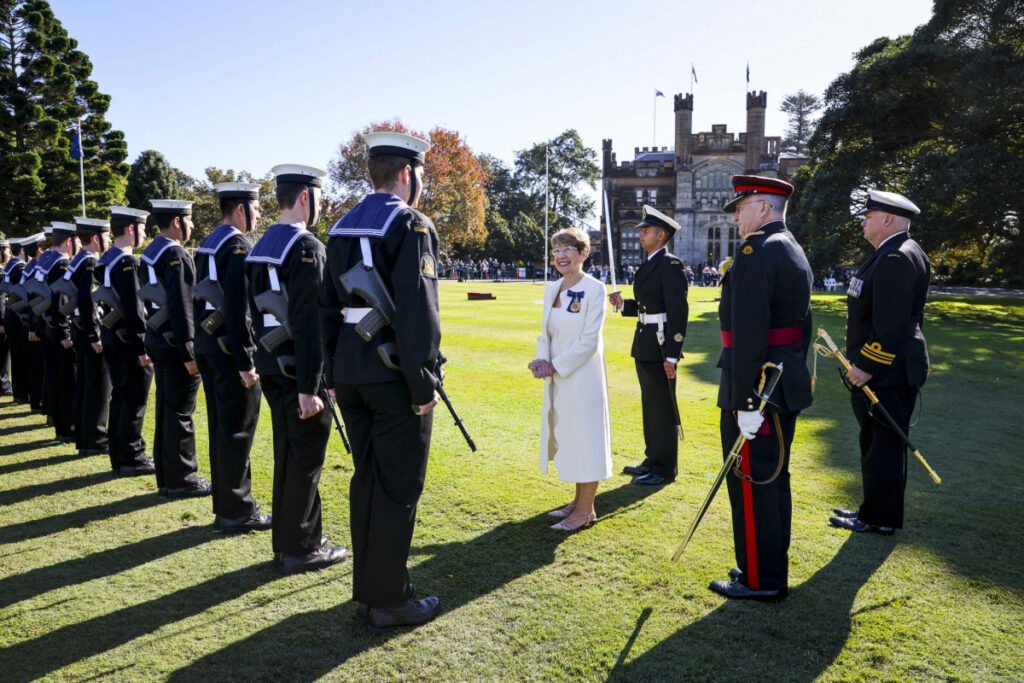
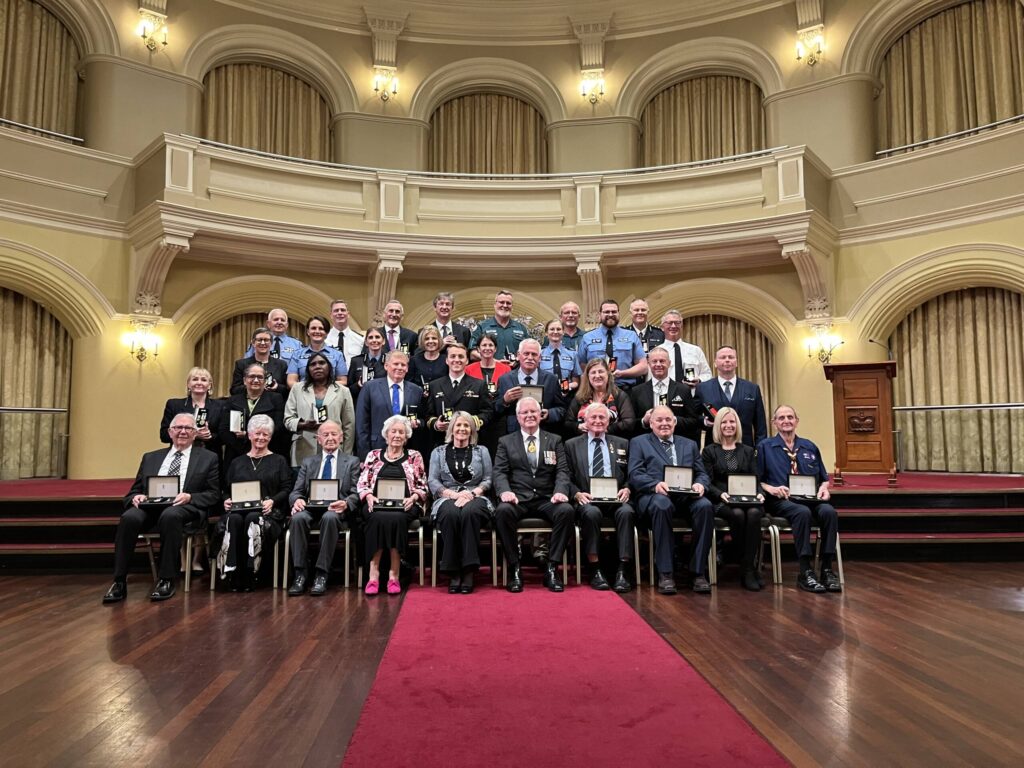
Public Holiday and Community Events
The King’s Birthday has long served as a national public holiday (with varying state observance), providing:
- An opportunity for public celebrations, community events, and family gatherings.
- A key date for sports competitions, such as the AFL and NRL games, and traditionally the Queen’s Birthday clash in Australian rules football.
Colonial and Post-Federation Ceremonies
Historically, during the colonial period:
- The King’s (or Queen’s) Birthday would be marked by public toasts, banquets, and fireworks displays.
- Governors and officials would host receptions to reinforce the colony’s loyalty to the monarch.
- After Federation in 1901, the tradition became a nationwide observance.
Shifting Cultural Significance
While originally a symbol of imperial loyalty, over time, the celebration has become more about civic recognition and community celebration. In modern Australia:
- The monarchy’s role is more symbolic, and the holiday is sometimes used to reflect on the nation’s identity.
- Republican movements have occasionally called for the holiday to be reassessed, but it remains a significant date on the national calendar.
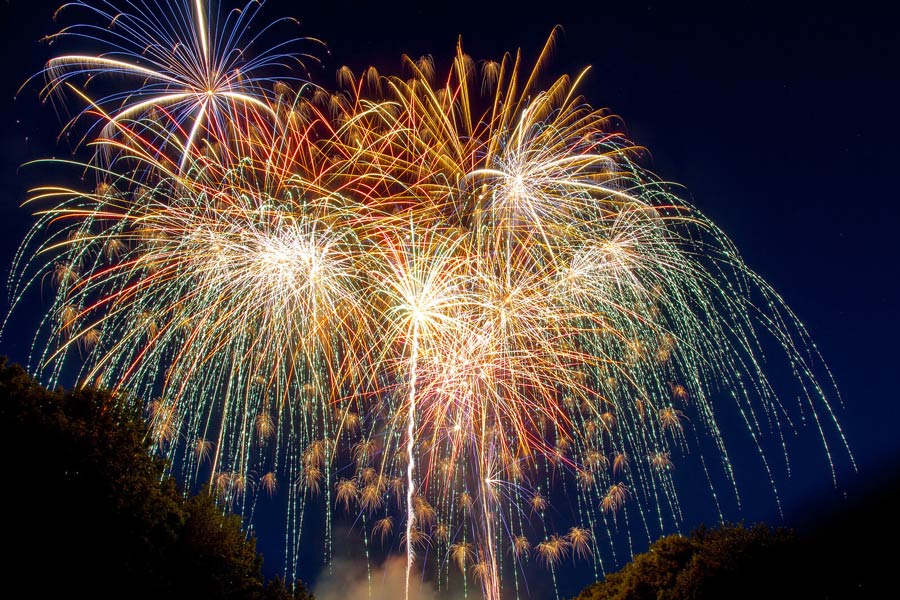
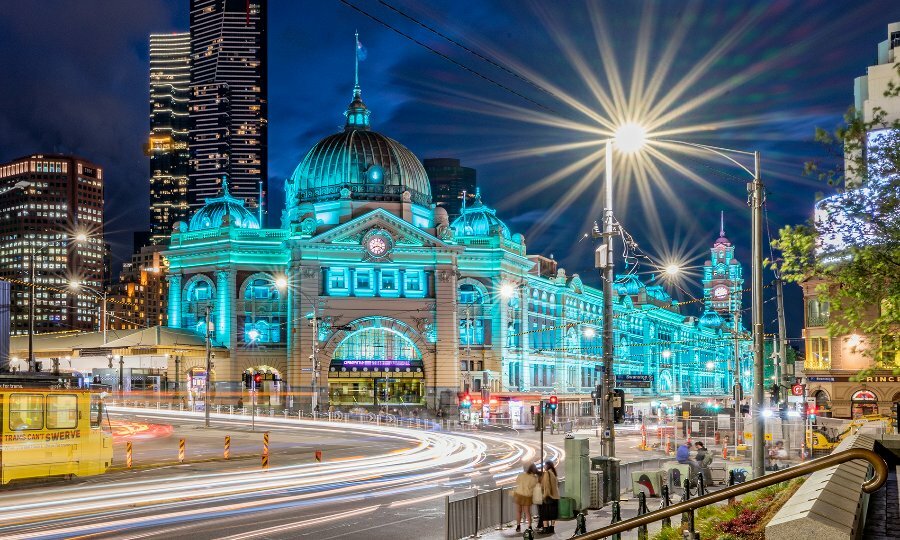
Conclusion
Though the King’s Birthday holiday has evolved over time, many of its core traditions—military ceremony, public honors, and community observance—have persisted, adapting to changes in Australia’s national identity. It remains one of the few enduring symbols of Australia’s constitutional monarchy and Commonwealth heritage.
As an affiliate - I may receive a small commission when you click on a link and purchase through this site
A National Holiday: Examining how and why the King’s Birthday was declared a public holiday, contributing to nationwide celebrations and what it meant culturally.
A National Holiday: The King’s Birthday and Its Cultural Significance
The declaration of the King’s Birthday as a public holiday represents more than just a day off work or school—it is a symbolic gesture that reinforces national identity, unity, and respect for the monarchy. In many monarchies, including the United Kingdom, Thailand, and various Commonwealth nations, the sovereign’s birthday has long been commemorated with pomp, pagentry and tradition. This article examines how and why the King’s Birthday became a public holiday, the forms of national celebration it inspired, and its broader cultural significance.
How and Why the King’s Birthday Became a Public Holiday
The formalization of the King’s Birthday as a national holiday typically stems from a combination of political, cultural, and symbolic motivations. In constitutional monarchies, the monarch often serves as a unifying figure above partisan politics, embodying the continuity and stability of the nation. Declaring the King’s Birthday a public holiday allows the state to honor this symbolic role while reinforcing the monarchy’s relevance in public life.
Historically, royal birthdays were celebrated within court circles, but as monarchies evolved to become more ceremonial, the celebrations became more public. In the UK, for example, the tradition of celebrating the sovereign’s birthday publicly dates back centuries, though it was formalized through the “official birthday” to ensure favorable weather for outdoor events like Trooping the Colour. In countries like Thailand, the King’s Birthday not only honors the monarch but also serves as a day of national unity and reflection, often accompanied by religious ceremonies, public displays of affection for the royal family, and acts of charity.
Contributions to Nationwide Celebrations
The King’s Birthday public holiday has contributed to a range of nationwide celebrations that foster communal participation and patriotic pride. Events commonly include military parades, official speeches, award ceremonies, fireworks displays, and cultural performances. These celebrations often blend modern nationalism with historical tradition, showcasing the country’s heritage while affirming loyalty to the crown.
In many countries, this day also involves civic and community activities, such as volunteer work and public service initiatives, that highlight values like duty, humility, and national solidarity—traits often associated with the monarchy itself. Schools and media outlets often use the occasion to educate citizens about the history of the monarchy, reinforcing a shared cultural narrative.
Cultural Significance
Culturally, the King’s Birthday functions as a mirror of national identity and values. In some societies, it reinforces traditional hierarchies and respect for authority; in others, it offers a rare moment of collective celebration in a politically diverse population. The holiday serves as an anchor for cultural rituals and provides a national narrative around which people of different backgrounds can unite.
It can also act as a touchstone for continuity in times of change or uncertainty. By celebrating the King’s Birthday, citizens engage with a centuries-old institution that links the past to the present. In doing so, the holiday becomes not just about the monarch as an individual, but about what the monarchy represents: stability, heritage, and national unity.
Conclusion
The King’s Birthday as a national holiday is more than ceremonial—it is a cultural institution that fosters unity, celebrates heritage, and strengthens national identity. Through public recognition of the monarch’s role and symbolic leadership, this holiday bridges the historical with the contemporary and the ceremonial with the communal. Whether observed with grand parades or quiet reflection, the King’s Birthday stands as a testament to the enduring cultural significance of monarchy in national life.
Divergence from Royal Traditions:
When examining the divergence from royal traditions during celebrations in Australia compared to other Commonwealth countries, especially for significant royal occasions like jubilees, coronations, or royal visits, key differences emerge based on national identity, political sentiment, and cultural expression. Below is a comparative analysis of this.
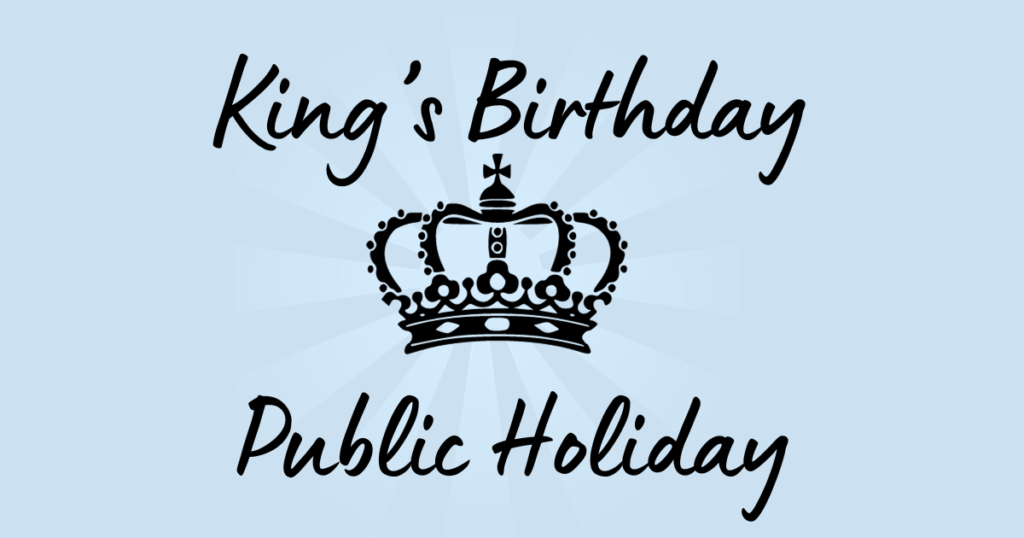
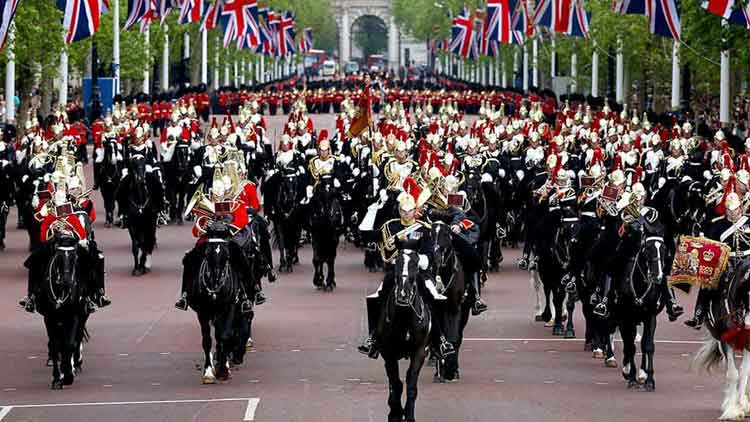
Republican Sentiment vs. Monarchist Tradition
- Australia:
- Australia has seen growing republican sentiment, especially since the 1999 referendum on becoming a republic. This has led to muted celebrations or low-key acknowledgments of royal events, particularly in recent decades. For those who wish to salute the King, or revel in British memorabilia – you can may find these most helpful here. Unique royal memorabilia of all sorts can be found at Etsy online – learn more here.
- Some states or cities chose not to hold major public celebrations or omitted royal imagery, reflecting a more independent national identity.
- Other Commonwealth Realms (e.g., Canada, New Zealand, Caribbean nations):
- While countries like Canada and New Zealand maintain close ties to the monarchy, they generally show more formality and official engagement, including public holidays, commemorative coins, and flag-raising ceremonies.
- In Caribbean countries, observances are often official but tempered by post-colonial perspectives; however, celebrations may still include parades and cultural festivities with monarchical symbolism.
Indigenous Representation and National Identity
- Australia:
- Celebrations often included acknowledgments of Indigenous perspectives, with protests or counter-events such as “Invasion Day” often coinciding with royal-related dates like Australia Day or jubilees.
- Efforts have been made to incorporate First Nations voices, or alternatively, Indigenous leaders and communities have chosen to distance themselves from royal events.
- Canada:
- Also includes Indigenous ceremonies and land acknowledgments, but there’s often greater emphasis on reconciliation as part of royal occasions.
- The Crown is sometimes invoked as a treaty partner, leading to more nuanced Indigenous participation.
Style and Cultural Expression
- Australia:
- Events, where they do occur, tend to be informal, decentralized, and may blend modern Australian cultural themes (e.g.,snow trips, concerts, sports). In preparation for a road snow trip, I recommend some apparel which can be purchased right here online. Classic ladies vintage styles are sought here at Etsy today. Snow related ski apparel and novelties available today through Etsy, search for your unique style here.
- Official celebrations often include local arts, contemporary music, and sometimes a critical tone reflecting Australia’s evolving identity.
- UK & Canada:
- Celebrations tend to be more traditional and ceremonial—with military parades, state banquets, and church services that reinforce monarchical heritage.
- In the UK, of course, celebrations are on a grand scale, with widespread public participation, street parties, and massive media coverage.
Governmental and Public Engagement
- Australia:
- Often, the federal government shows restrained involvement, leaving activities to state or local jurisdictions.
- Public interest is mixed; some citizens are enthusiastic, but others express ambivalence or criticism.
- Other Commonwealth Nations:
- Many governments organize nationwide initiatives, including school programs, broadcasts, and public exhibitions.
- Royal visits often receive broader official endorsement and media fanfare in nations with stronger monarchical ties.
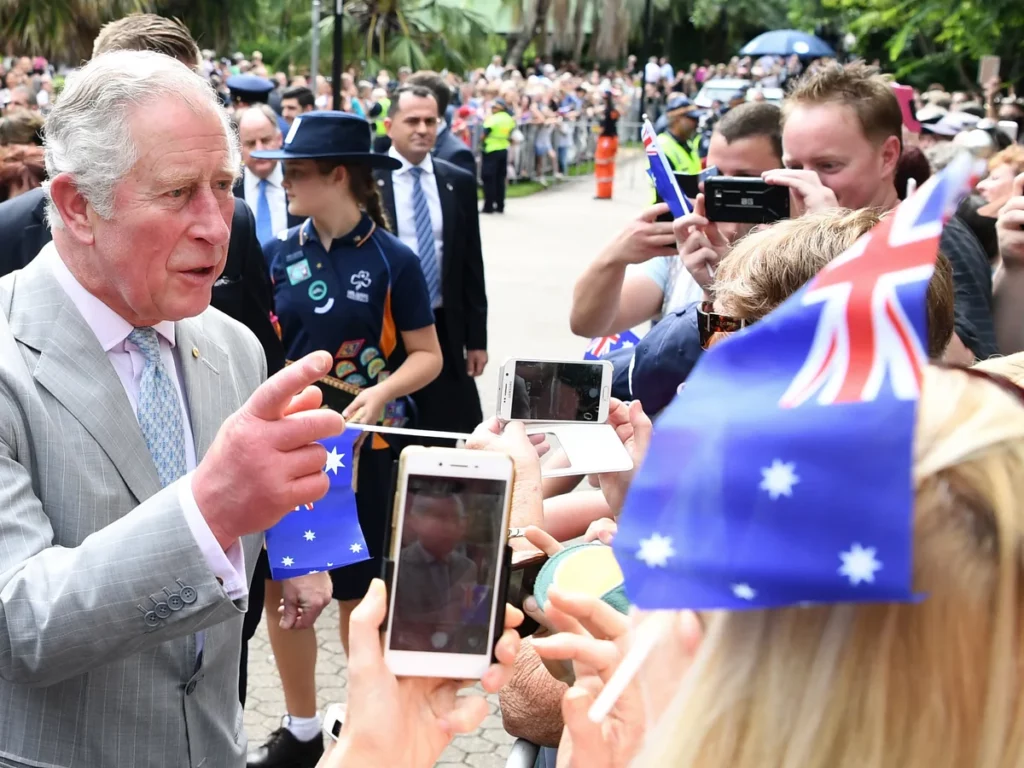
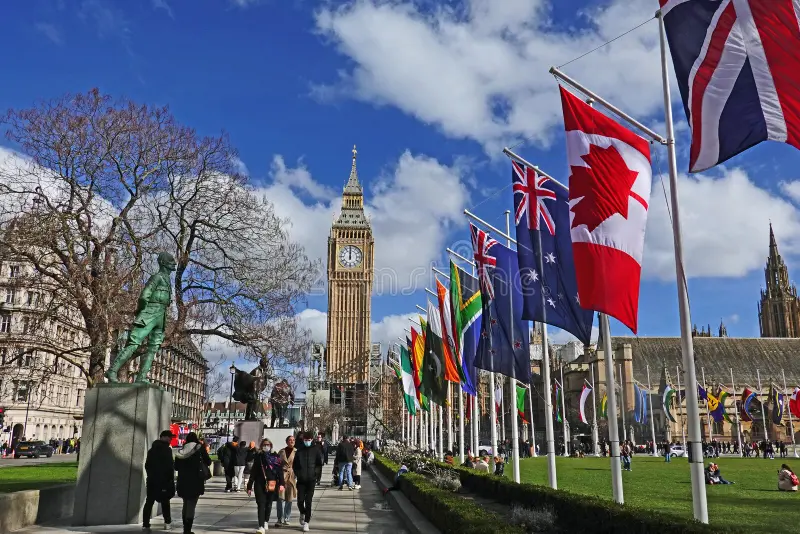
Personal Stories and Anecdotes: Sharing personal memories and stories from older generations on how they celebrated the King’s Birthday, adding a human touch to historical facts.
Bringing history to life through personal stories can make it more relatable and emotionally engaging. Here’s a sample of how you might present personal stories and anecdotes about how older generations celebrated the King’s Birthday, adding warmth and depth to the historical narrative:
🎉 Memories of the King’s Birthday: Stories from the Past
🧓 “We’d polish our shoes the night before…”
Margaret, 82, from Melbourne
“I remember the King’s Birthday parades in the 1950’s. As children, we’d polish our shoes the night before, lay out our best clothes, and practice our curtseys. It wasn’t just a day off—it felt like an event. We’d listen to the speech on the wireless and wave little flags from the porch as the Scouts marched down our street.”
👨🌾 “It was a break from shearing…”
Bob, 76, from rural NSW
“For us farmers, the King’s Birthday came right in the middle of winter prep. But we’d always knock off work early, fire up the barbecue, and have a big family lunch. We didn’t have much, but that public holiday gave us a reason to gather, maybe raise a glass to the King.”
👩🏫 “My school held essay competitions…”
Jean, 89, from Adelaide
“At our school, the King’s Birthday was a big deal. We had essay competitions about loyalty and duty, and the best ones were read aloud at assembly. We even learned God Save the King in perfect harmony. It taught us pride and respect—values that stayed with me.”
🎆 “Fireworks in the park and Dad’s old camera…”
Harold, 70, from Brisbane
“I can still smell the sausages and remember the buzz in the park. We’d gather for fireworks every year, and my dad—who rarely used his old box camera—would take blurry photos of us lit by sparklers. We didn’t care how they turned out. It was magic.”
These stories not only highlight changing traditions but also reflect the enduring sense of community, patriotism, and family connected to the King’s Birthday over time.
How the Ski season crept into the narrative during Kings Birthday Holiday
In modern-day Australia and New Zealand, the ski season has become synonymous with the King’s Birthday long weekend (typically in early June) because of a combination of seasonal timing, cultural tradition, and tourism marketing. Here’s how this association developed:
Seasonal Alignment
- Because the King’s Birthday (formerly Queen’s Birthday) is observed on the first or second Monday in June in most Australian states and in New Zealand.
- This weekend conveniently marks the transition into winter in the Southern Hemisphere—ideal for launching the ski season. Snow accessories are widely available online today. Modern and vintage men’s accessories catered for through Amazon.
- Snowfall is typically just starting in early June, and resorts begin operations around this time, especially in the Snowy Mountains (Australia) and the Southern Alps (New Zealand). Amazon are selling skis and accessories online – learn more today.
Cultural & Economic Significance
- The long weekend provides the first major winter holiday, making it a perfect kickoff point for skiing and snowboarding. Deck out in these great men’s ski wear here at Amazon. A selection of vintage and classic style are found at Etsy online.
- Ski resorts, tourism boards, and travel companies actively promote the weekend as the “start of ski season”, reinforcing the tradition over decades. Children’s ski wear is a must for any family going into the mountains – have a look at these. Cute but unique children’s accessories can be located here online.
- In regions like Victoria and New South Wales, people plan getaways to resorts like Thredbo, Perisher, Mount Hotham and Baw Baw, around this time.
Tradition and Popular Expectation
- Over the years, it’s become culturally entrenched. Even if snow is light in early June, the King’s Birthday weekend still sees a surge in travel and ski-related activity.
- Events, festivals, and promotions are often timed to coincide with the long weekend, making it a predictable and festive launch point.
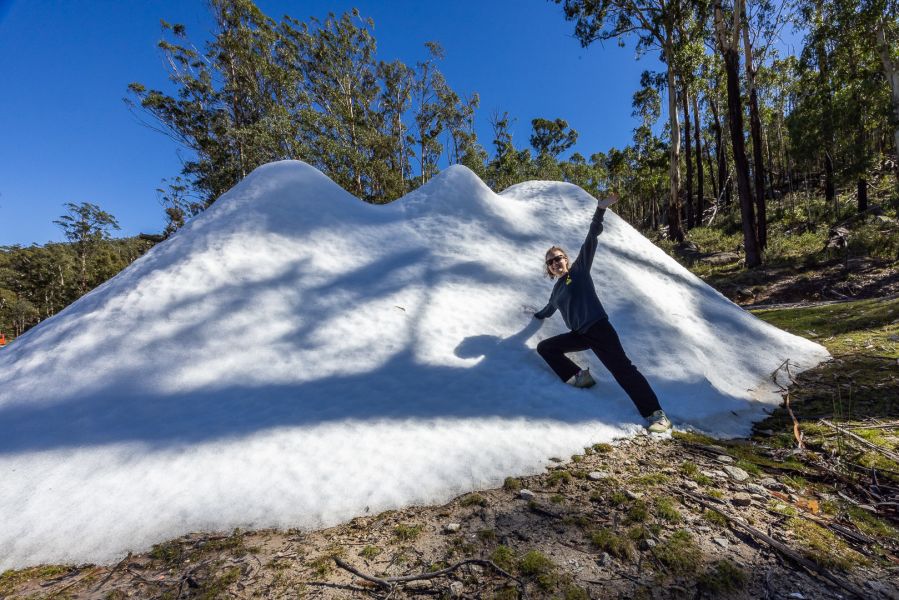

In summary, the King’s Birthday weekend has become a practical and symbolic marker, and some say a tradition for the start of the ski season in Australia and New Zealand—rooted in weather patterns, convenience, and sustained cultural practice.
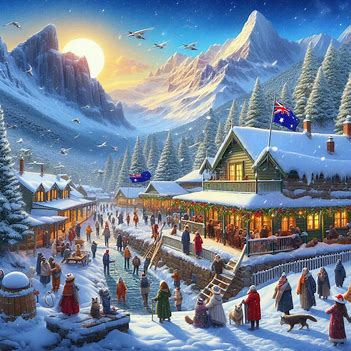
Thanks for reading my current post on the Kings Birthday long weekend and what it meant in history as well as modern day times.
If you require any more information or just want to touch base, please leave any comments below. Also follow us on our socials here:
https://www.facebook.com/vintageclothesandaccessoriesaustralia
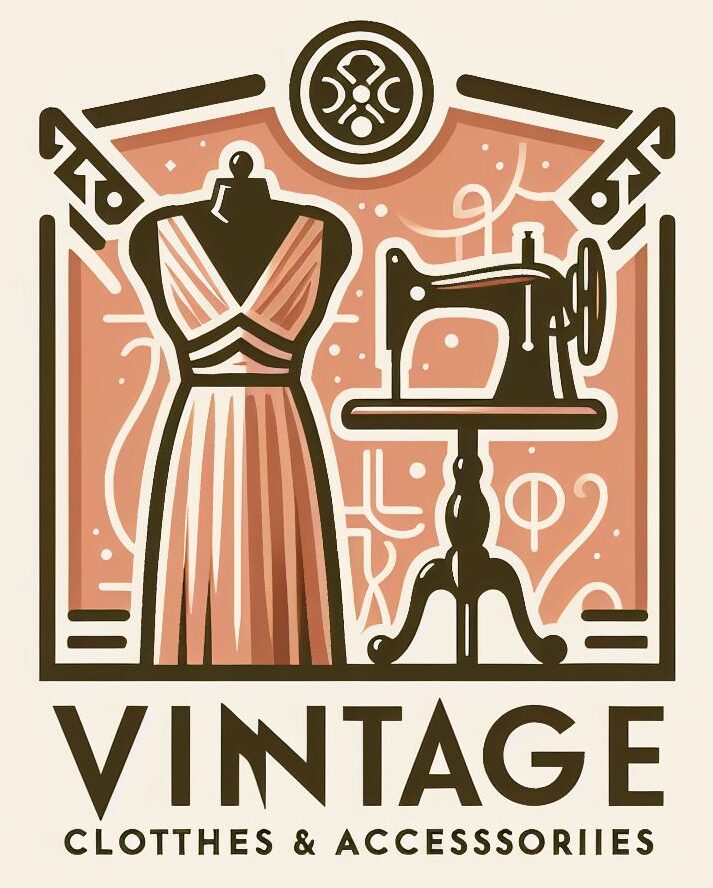

Having never been to Australia, I find it incredibly intriguing how the country marks the King’s Birthday with such historic celebrations. It’s impressive to see how tradition is preserved and celebrated on such a large scale. From afar, it paints a picture of a nation that values its ties to history and the ceremonial aspects of its identity.
Thanks for your comments Slavisa, I hope you get to see our wonderful country one day, it truly is spectacular – especially the outback areas away from the cities.
regards Helen.